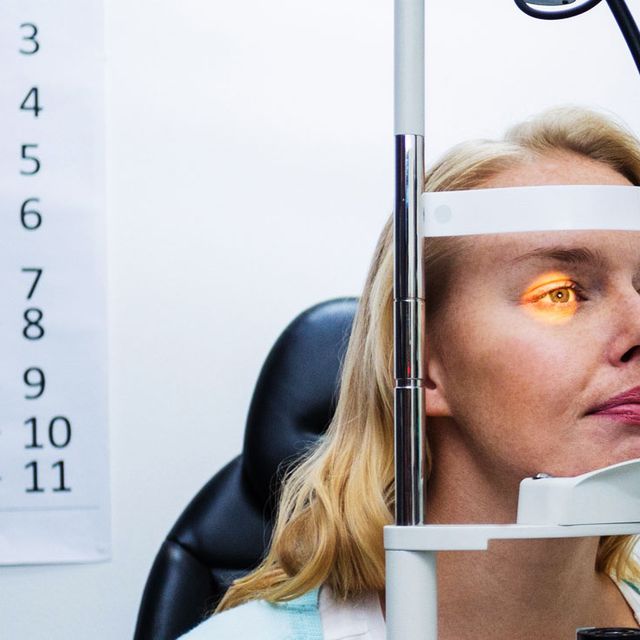
Blog

A Humphrey Visual Field Test is a diagnostic tool used by optometrists to assess the health of your vision and detect any abnormalities or conditions that may be affecting your eyesight. This test measures your peripheral vision, also known as your visual field, by evaluating your ability to see objects in various locations while keeping your focus on a fixed point.
Why is the Humphrey Visual Field Test Important?
The Humphrey Visual Field Test is an essential tool in diagnosing and monitoring various eye conditions. By evaluating your visual field, optometrists can detect early signs of vision loss and determine the progression of certain eye diseases. This test is particularly useful in diagnosing conditions such as glaucoma, macular degeneration, optic nerve damage, and certain neurological disorders.
Early detection of these conditions is crucial for successful treatment and management. By identifying any abnormalities in your visual field, your optometrist can develop a personalized treatment plan and closely monitor any changes in your vision over time. The Humphrey Visual Field Test provides valuable information that helps your doctor make informed decisions about your eye health.
How is the Humphrey Visual Field Test Conducted?
Before the test begins, the technician will explain the procedure and ensure you are comfortable. They will ask you to rest your chin on a chin rest and position your eyes in front of the perimeter. The technician will then calibrate the machine, adjusting it to your eye level and determining the appropriate size and brightness of the light stimuli.
Once the test starts, you will be asked to keep your gaze fixed on a central point while responding to the appearance of lights in your peripheral vision. The lights will appear randomly in different locations, and you must press the button whenever you notice them, regardless of their intensity. The test can last anywhere from 5 to 30 minutes, depending on the complexity and the number of measurements needed.
Interpreting the Humphrey Visual Field Test results
The test generates a map called a visual field plot, which displays the sensitivity of your vision in different areas of your visual field. Optometrists carefully analyze these plots to identify any patterns or abnormalities.
One of the key parameters analyzed is the mean deviation (MD), which measures the overall sensitivity of your visual field. A positive MD indicates better than average vision, while a negative MD suggests below-average vision. Another important parameter is the pattern standard deviation (PSD), which indicates the variability of your visual field. Higher PSD values may indicate abnormalities or inconsistencies in your visual field.
Your doctor will also examine specific points on the visual field plot, known as threshold values. These values represent the minimum light intensity required for you to detect the stimuli. Deviations from the expected threshold values may indicate areas of reduced sensitivity or blind spots in your visual field.
Conclusion
The Humphrey Visual Field Test is a vital tool in assessing and monitoring your eye health. By measuring your peripheral vision, this test helps optometrists detect and diagnose various eye conditions, such as glaucoma, macular degeneration, and optic nerve damage. Interpreting the results of the test requires careful analysis of visual field plots, mean deviation, pattern standard deviation, and threshold values.
Book an appointment with our optometrist today to schedule a Humphrey Visual Field Test and ensure the health of your vision, visit Super Optical Express at our office in Gainesville, Florida. Call 352-702-9700 to schedule an appointment today.



